Cardiomyopathies are a diverse group of heart diseases. Cardiomyopathies involve mechanical or electrical dysfunction of the heart, often leading to hypertrophy or dilatation of its chambers.
Numerous types of cardiomyopathy can be distinguished, usually accompanied by similar symptoms. Most cardiomyopathies have a slow course, where they do not cause any discomfort to the patient in the early stages.
Over time, heart function deteriorates progressively, which can result in cardiac arrhythmias and related consequences. In the case of secondary cardiomyopathies, the cardiac symptoms are compounded by complaints related to the underlying disease causing the abnormal structure and function of the heart. Untreated cardiomyopathies may, in time, cause progressive heart failure.
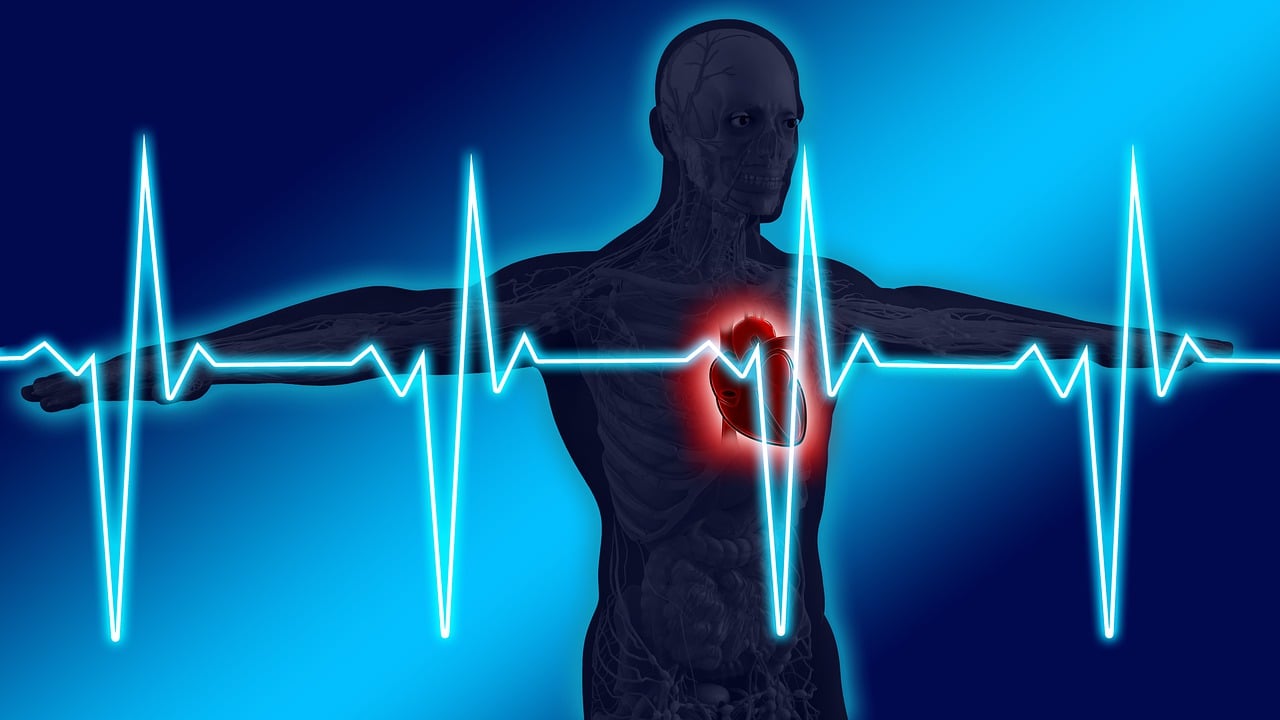
Diagnostic tests must be performed to correctly diagnose cardiomyopathy, such as heart ECHO, ECG, endomyocardial biopsy, and cardiac catheterization. The treatment of cardiomyopathy is generally conservative, i.e., focusing on symptom relief. The basis is pharmacotherapy. In the surgical treatment of advanced cardiomyopathies accompanied by severe symptoms of circulatory failure, a heart transplant may be the only effective treatment. Cardiovascular diseases are highly prevalent in society and are favored by many lifestyle factors. Therefore, prevent them by focusing on prevention.
Cardiomyopathies refer to certain heart illnesses linked with unusual heart muscle structure and functions. This category includes several kinds. Each kind has unique origins. These constitute distinct disease forms with varied root causes, symptoms, and outcomes. Abnormalities of the structure and function of the pericardium, endocardium, and other organs may accompany myocardial involvement. The disease may be congenital or acquired. It is not uncommon for it to develop secondary to different diseases. Cardiomyopathy kinds encompass:
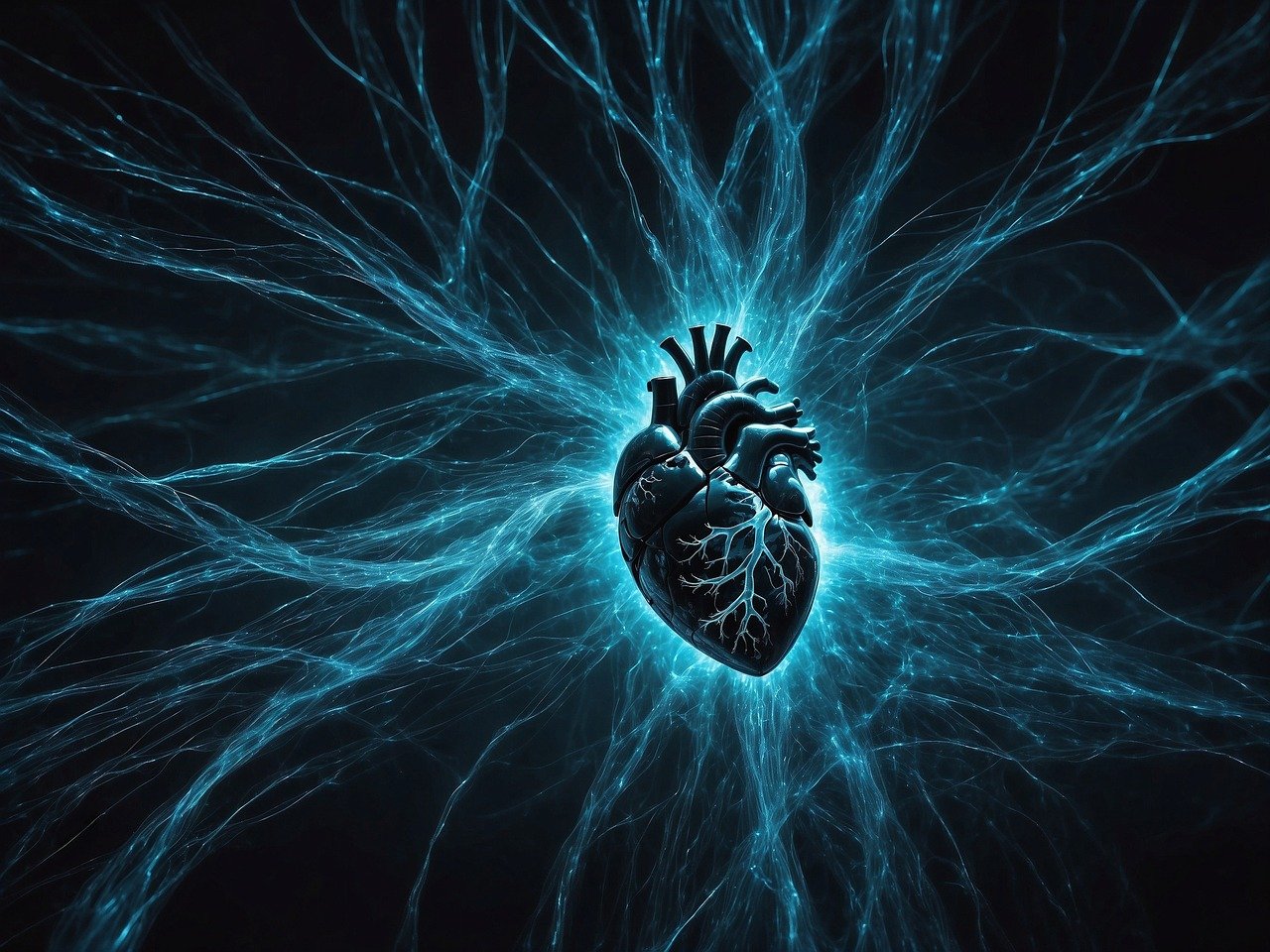
Hypertrophic cardiomyopathy is a disease entity that has been known for decades. The disease has a high mortality risk and is equally prevalent in both sexes. A characteristic feature of hypertrophic cardiomyopathy is myocardial hypertrophy![]() occurring without a typical cause. In most cases, it is genetically determined. The hypertrophy mainly affects the left ventricle. The change in myocardial structure results in impaired diastolic function.
occurring without a typical cause. In most cases, it is genetically determined. The hypertrophy mainly affects the left ventricle. The change in myocardial structure results in impaired diastolic function.
Some patients with hypertrophic cardiomyopathy have little or no symptoms. Occasionally, the first clinical sign is a heart rhythm disturbance. Hypertrophic cardiomyopathy remains the best-understood cardiomyopathy. There is a greater understanding of the genetic basis of the disease, which should facilitate the identification of high-risk patients and the use of appropriate treatment. There are also emerging attempts to use new invasive therapies.
It is the rarest type of cardiomyopathy. The development of restrictive cardiomyopathy can occur spontaneously. It is then referred to as idiopathic restrictive cardiomyopathy. However, the causes of restrictive cardiomyopathy can also be various conditions. These include, among others, diabetes and amyloidosis. In addition, restrictive cardiomyopathy can develop as a complication of radiotherapy for cancer or the use of anthracycline drugs.
In this type of cardiomyopathy, the myocardial fibers cannot diastole properly, resulting in excessive heart-walled stiffness![]() . It causes an abnormal heart filling with blood in the diastolic phase and the associated symptoms. Abnormal diastolic function of one or both ventricles causes excessive stiffness of the heart walls. Blood flow is reduced, and a smaller blood volume fills the ventricles. Over time, patients with restrictive cardiomyopathy develop heart failure.
. It causes an abnormal heart filling with blood in the diastolic phase and the associated symptoms. Abnormal diastolic function of one or both ventricles causes excessive stiffness of the heart walls. Blood flow is reduced, and a smaller blood volume fills the ventricles. Over time, patients with restrictive cardiomyopathy develop heart failure.
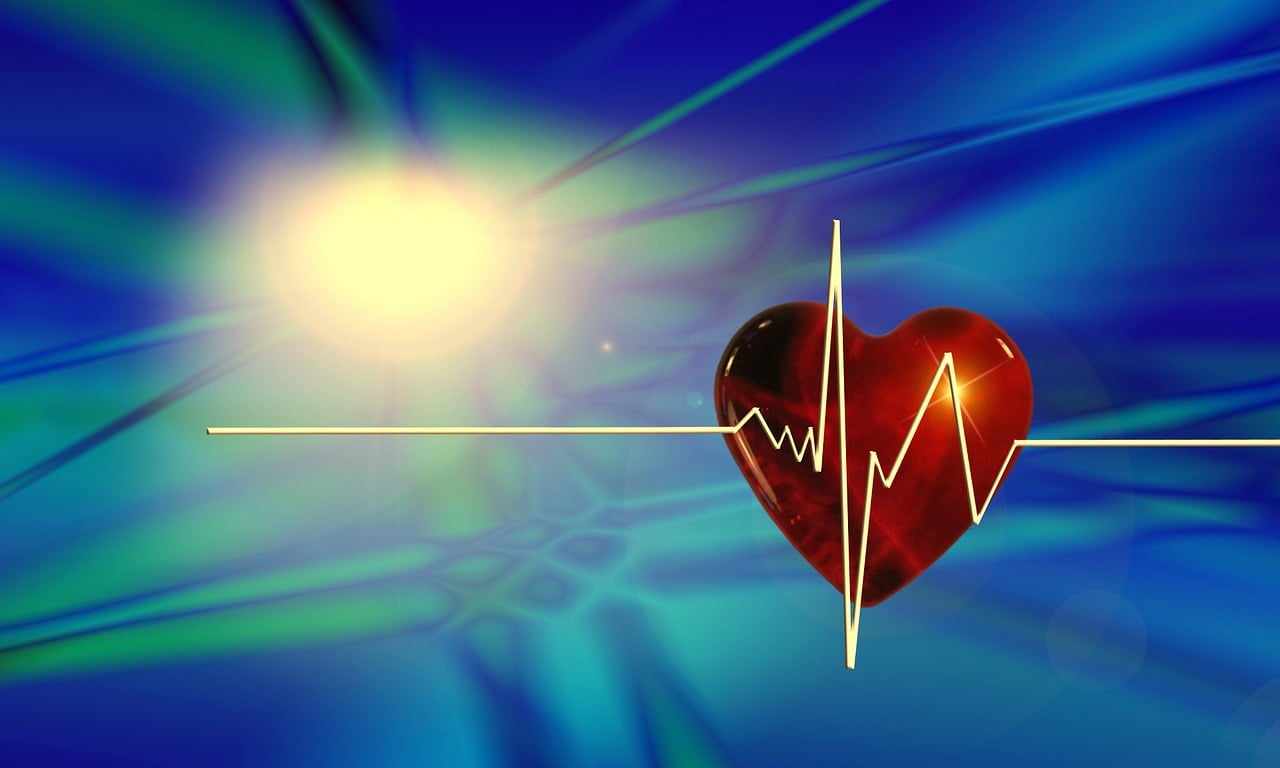
Dilated cardiomyopathy is the most common form of cardiomyopathy among the group of primary myocardial diseases. Dilated cardiomyopathy often has a genetic basis and can be familial when a similar pattern of heart damage is found in at least two people in one family. In addition, dilated cardiomyopathy can develop as a result of the disease.
As dilated cardiomyopathy progresses, there is a reduction in the thickness of the heart muscle wall, resulting in impaired systolic function of the heart. It is characterized by thinning the heart wall within its chambers, reducing cardiac contractility. Over time, biventricular heart failure develops, which may be preceded by ventricular failure![]() . Many cases are asymptomatic for a long-term period. The occurrence of cardiac arrhythmias of various levels risks sudden cardiac death, which is sometimes the first symptom of the disease.
. Many cases are asymptomatic for a long-term period. The occurrence of cardiac arrhythmias of various levels risks sudden cardiac death, which is sometimes the first symptom of the disease.
Arrhythmogenic cardiomyopathy is a heart muscle disease characterized by progressive atrophy of cardiomyocytes, replaced by fatty and fibrous tissue. This process mainly affects the free wall of the right ventricle and contributes to myocardial electrical instability, predisposing to dangerous ventricular arrhythmias![]() . In this type of cardiomyopathy, there is a progressive reduction in the right ventricular wall thickness and progressive heart enlargement.
. In this type of cardiomyopathy, there is a progressive reduction in the right ventricular wall thickness and progressive heart enlargement.
Arrhythmogenic right ventricular cardiomyopathy usually manifests during adolescence and in young adults. Its symptoms are fainting or syncope, occurring most often during physical exertion. Arrhythmogenic right ventricular cardiomyopathy is genetic, and the exact mechanism by which it develops is not fully understood. The disease is relatively rare compared to different types of cardiomyopathy.
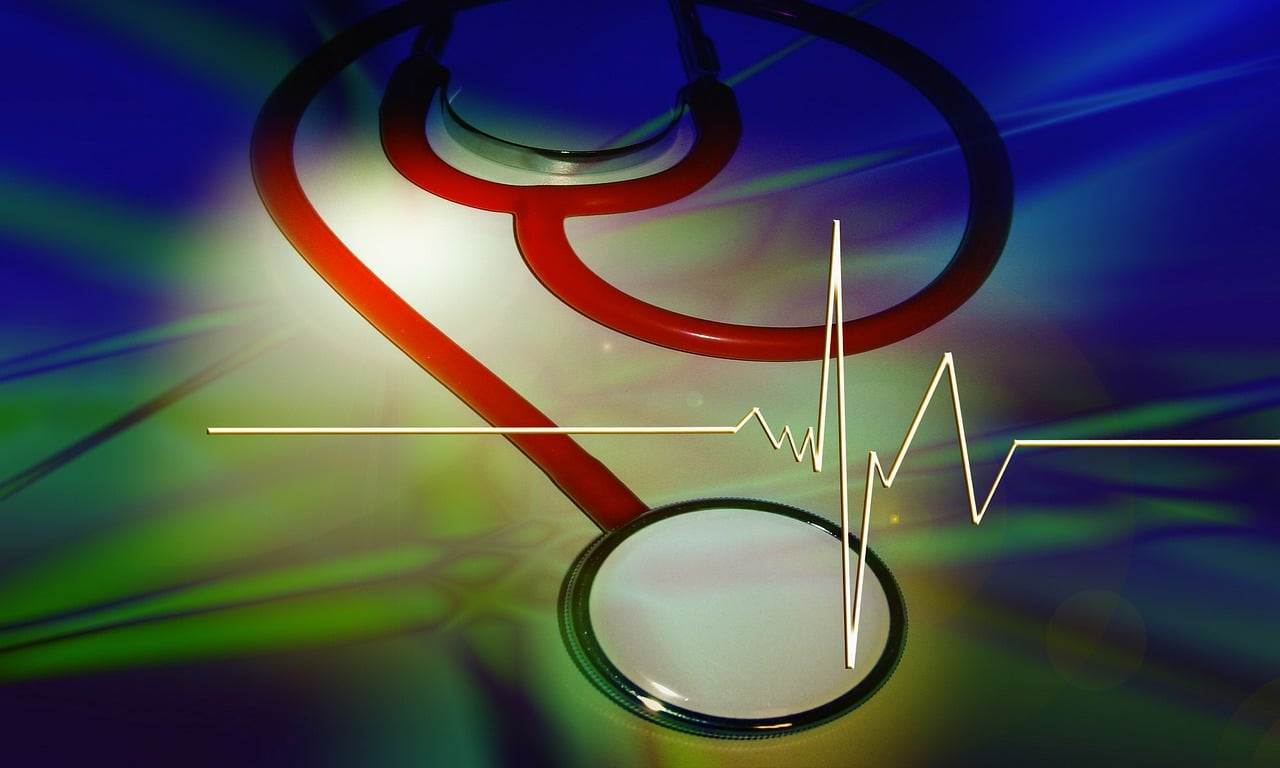
Takotsubo cardiomyopathy is an acute yet reversible cardiac condition. It requires specialized diagnosis and treatment. Takotsubo is a broken-heart syndrome![]() of symptoms caused by a temporary disruption of left ventricular systolic function. The disease was first described by Japanese researchers in 1990. The name refers to the rather peculiar image of the left ventricle obtained on examination. The heart chamber resembles the shape of a fishing vessel suitable for catching octopuses.
of symptoms caused by a temporary disruption of left ventricular systolic function. The disease was first described by Japanese researchers in 1990. The name refers to the rather peculiar image of the left ventricle obtained on examination. The heart chamber resembles the shape of a fishing vessel suitable for catching octopuses.
Takotsubo cardiomyopathy is most commonly diagnosed in postmenopausal women. The causes of this condition have not been determined. In women, the onset of takotsubo symptoms is most often associated with severe emotional stress![]() . In response to a powerful stress stimulus, there is a sudden release of catecholamines in the body, causing cardiomyopathy in response. The symptoms of Takotsubo syndrome can be very distressing and resemble those of a heart attack or acute coronary syndrome. Under no circumstances should such body signals be ignored and medical attention sought as soon as possible.
. In response to a powerful stress stimulus, there is a sudden release of catecholamines in the body, causing cardiomyopathy in response. The symptoms of Takotsubo syndrome can be very distressing and resemble those of a heart attack or acute coronary syndrome. Under no circumstances should such body signals be ignored and medical attention sought as soon as possible.
This category includes all other types of cardiomyopathy that do not meet the diagnostic criteria for the different types. There are now newer systems for classifying cardiomyopathies that divide these diseases into individual entities related to the direct cause of the development of abnormalities in the structure of the heart muscle. Other classifications may consider more variables, delineating significantly more cardiomyopathy subtypes.
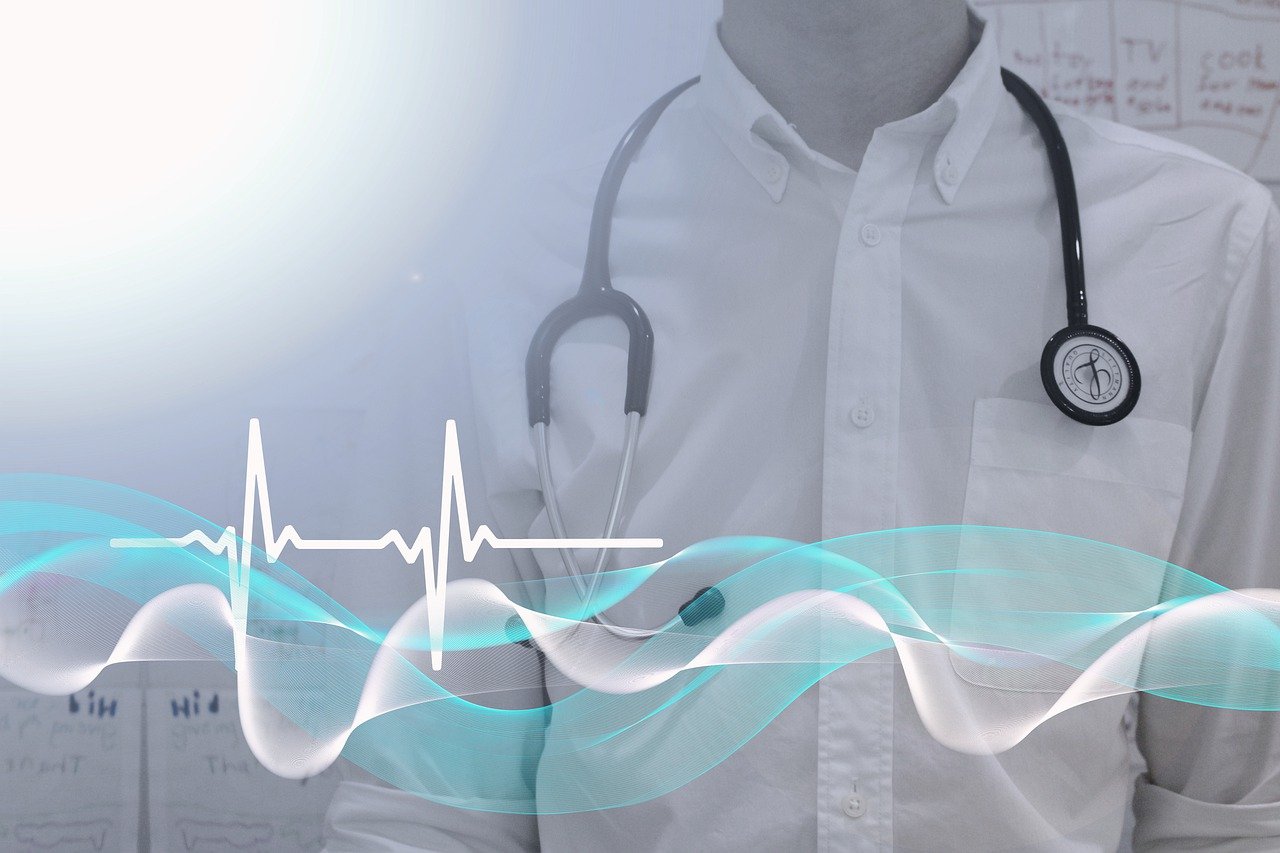
Cardiomyopathies have various aetiologies, i.e., multiple causes cause them. A standard division is between primary and secondary cardiomyopathy. The subgroup of primary cardiomyopathies includes cases in which the heart is the only organ affected by the pathology. There are also secondary types when cardiomyopathy is asymptom of a systemic disease. Causes of cardiomyopathy may include:
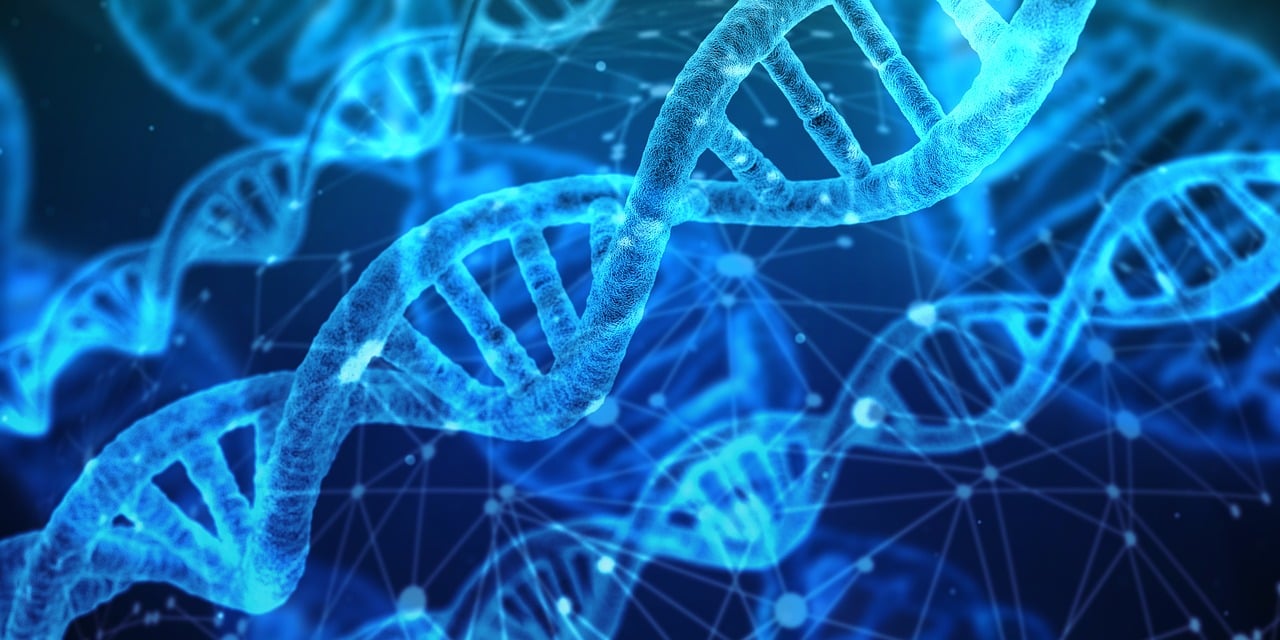
Genetic factors – Very often, cardiomyopathies are genetically determined. This means that a defect in the patient's genetic code inherited from one of the parents is responsible for the development of the disease. The change can also occur through a new mutation.
Stressful situations – Cardiomyopathy is a heart disorder that can arise as a result of emotional or physical stress![]() . This cause is particularly prominent among women. Severe psychological or physical stress triggers the release of catecholamines, and increased blood concentrations can induce cardiomyopathy. Triggering stressors can be difficult life situations, such as the death of a loved one.
. This cause is particularly prominent among women. Severe psychological or physical stress triggers the release of catecholamines, and increased blood concentrations can induce cardiomyopathy. Triggering stressors can be difficult life situations, such as the death of a loved one.
Postpartum – Postpartum cardiomyopathy is a rare condition that occurs in late pregnancy or early postpartum![]() . In this life-threatening disease, the first symptoms of heart failure can occur in the last month of pregnancy or within five months after delivery in women without previously diagnosed heart disease. It most commonly affects young women, previously untreated by cardiology.
. In this life-threatening disease, the first symptoms of heart failure can occur in the last month of pregnancy or within five months after delivery in women without previously diagnosed heart disease. It most commonly affects young women, previously untreated by cardiology.
Diseases – Several conditions in the body are also responsible for developing this heart disease. The following are risk factors for the development of cardiomyopathy: diabetes![]() , ischaemic heart disease, amyloidosis, endocarditis, and systemic scleroderma, among others. Cardiomyopathy can develop due to different diseases, with cardiomyopathy often being a complication of myocarditis of viral etiology. Additionally, cardiomyopathy can grow as a complication of the radiological treatment of cancer.
, ischaemic heart disease, amyloidosis, endocarditis, and systemic scleroderma, among others. Cardiomyopathy can develop due to different diseases, with cardiomyopathy often being a complication of myocarditis of viral etiology. Additionally, cardiomyopathy can grow as a complication of the radiological treatment of cancer.
Alcohol abuse – Alcoholic cardiomyopathy is one of the dilated cardiomyopathies of known etiology. Moderate alcohol consumption has a proven positive effect on the cardiovascular system, but excessive consumption can cause impaired cardiac contractility. Regular and excessive alcohol consumption![]() causes damage to myocardial cells, which weakens the structure of the heart muscle and contributes to myocardial dysfunction.
causes damage to myocardial cells, which weakens the structure of the heart muscle and contributes to myocardial dysfunction.
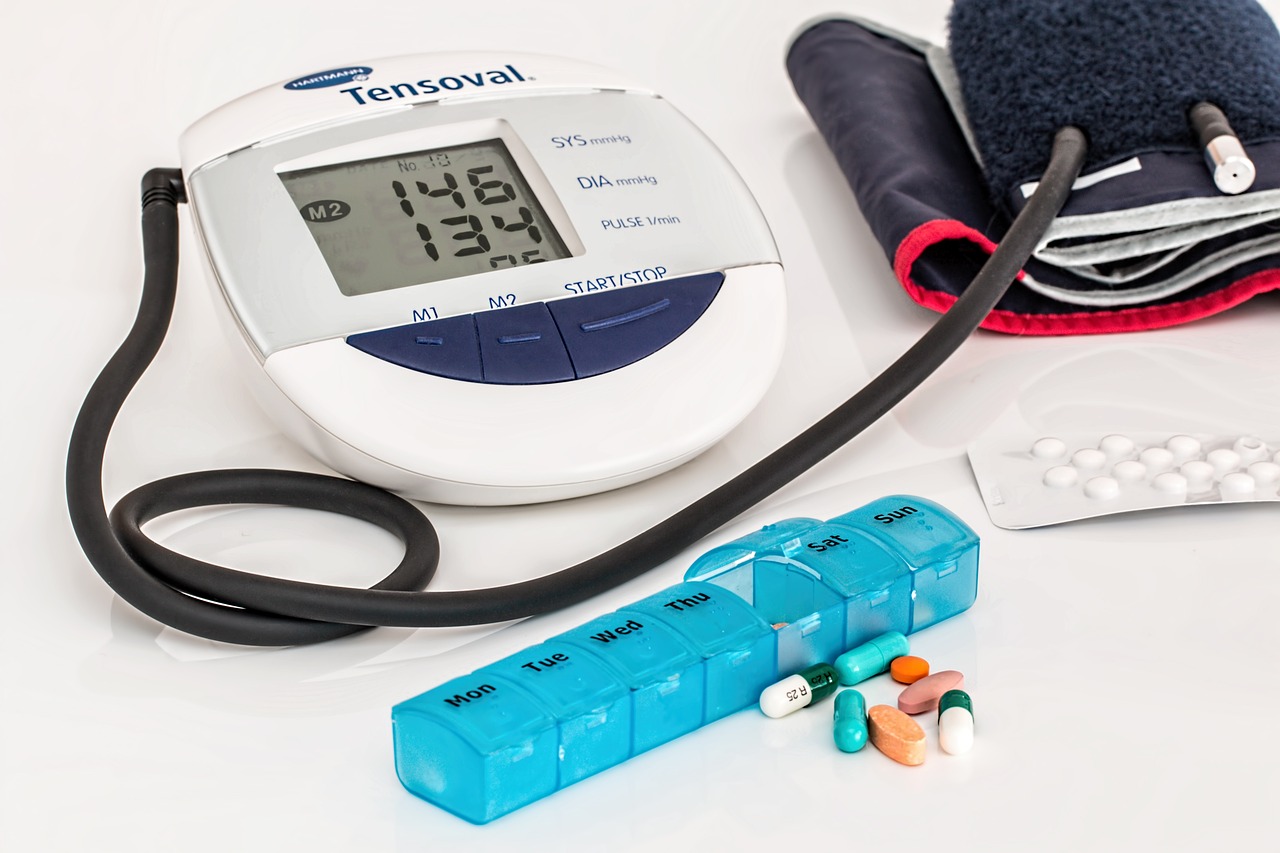
The exact clinical picture of cardiomyopathy may vary depending on the patient's disease subtype. Most cardiomyopathies have a slow course. It is usually asymptomatic![]() at first. Symptoms can occur with variable severity, and the exact extent depends on which heart chamber has an active disease process. In the case of secondary cardiomyopathies, the cardiac symptoms are augmented by complaints related to the underlying disease, which is the cause of the abnormalities in the structure and function of the heart. As the disease progresses, circulatory failure develops, with typical symptoms such as:
at first. Symptoms can occur with variable severity, and the exact extent depends on which heart chamber has an active disease process. In the case of secondary cardiomyopathies, the cardiac symptoms are augmented by complaints related to the underlying disease, which is the cause of the abnormalities in the structure and function of the heart. As the disease progresses, circulatory failure develops, with typical symptoms such as:
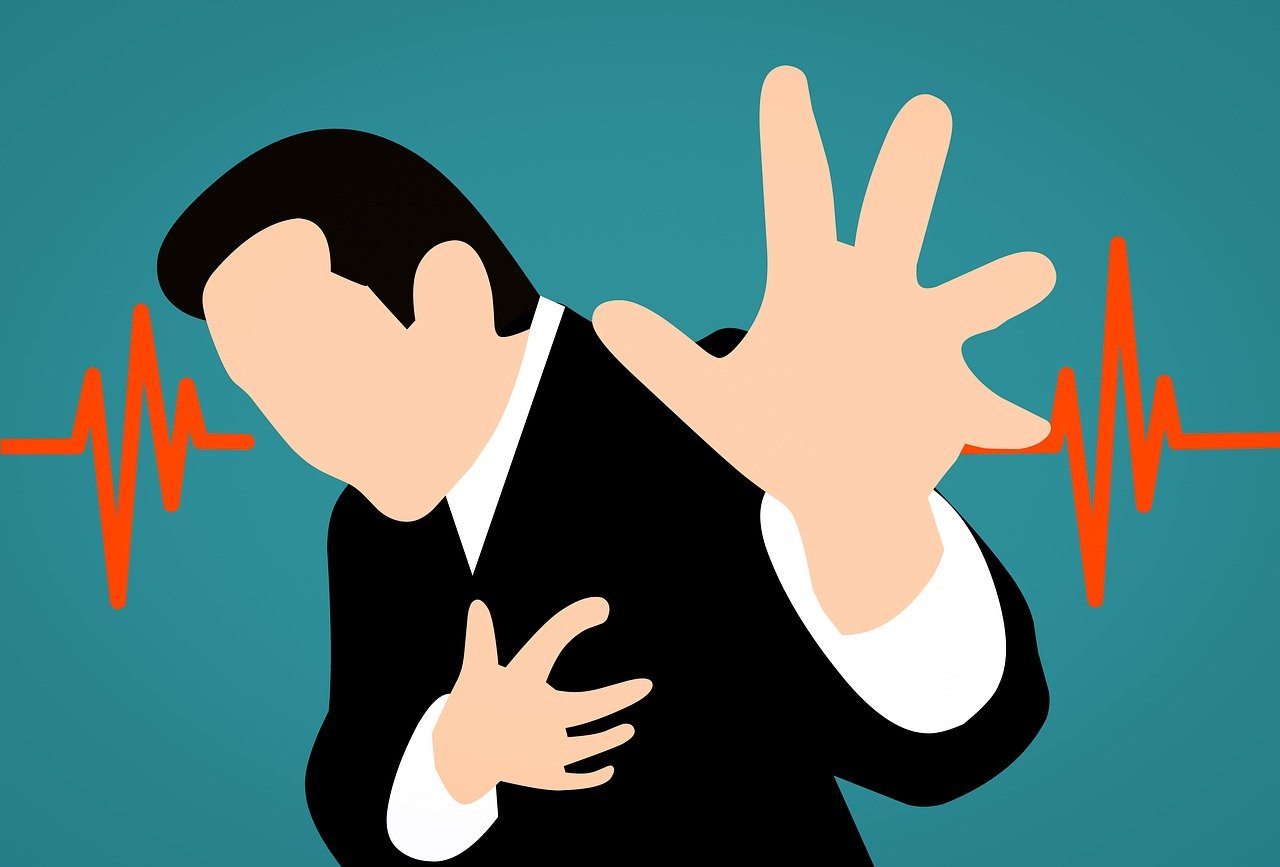
Palpitations – This sign can be referred to when the heart beats excessively strongly, the frequency of its beats is increased, or when the frequency of the heartbeats is slightly altered, and the patient feels inadequate as excessive.
Irregular heart rhythm – Heart arrhythmias may resemble a fluttering or accelerated heartbeat. However, it is not always perceptible by the patient. Irregular heartbeat is most often detected during an ECG. The test can pick up an irregular heart rhythm.
Increased fatigue – In cardiomyopathy, fatigue and weakness are often significantly increased. Fatigue occurs even after minor physical exertion. Difficulty breathing may occur during physical activity.
Shortness of breath – Shortness and difficulty taking deep breaths occur, especially during physical activity. Shortness of breath is the most typical symptom of heart failure. The fluid that cannot be pumped through the heart lodges in the lungs, making it difficult for oxygen to enter the blood.
Swelling in the legs – Heart disease is associated with water and sodium retention in the body, which increases venous pressure, followed by swelling. Swelling of the legs at the end of the day is initially noticeable, and as the disease progresses, swelling also appears in the morning.
Cough – Additional symptoms of cardiomyopathy also include excessive sweating, pallor, and a strenuous cough. A persistent cough is a sign that the heart may be under strain. If the heart is not pumping blood as effectively as before, the lungs may fill with fluid, which makes breathing difficult and causes a persistent cough.
Dizziness – Dizziness is often a direct result of a poor heart condition, as the heart is not pumping enough oxygenated blood to the brain. Dizziness can be an essential symptom of heart disease. It is a familiar and unpleasant feeling of dizziness and can foreshadow impending fainting.
Syncope – In severe types of the disease, there is fainting and chest pain. Syncope occurs if the body's need for oxygen or nutrients increases; the volume of blood pumped by the heart or the heart rate must be increased to meet this need. If either of these mechanisms cannot work, fainting occurs.

If there are any complaints from the myocardium, the patient should see a doctor for a consultation. The doctor will take a medical history and examine the patient. The exact extent of the diagnosis depends on the patient's health conditions. Tests used in the diagnosis of cardiomyopathy include:

ECG – Electrocardiography![]() is a diagnostic procedure to detect possible heart disorders. An ECG is a non-invasive test that is not painful to perform. It can be accomplished in both the child and adults. The test is done in people in whom the presence of a cardiac disorder is suspected. The ECG shows abnormalities of heart rhythm and conduction, ischemia, and even heart attack.
is a diagnostic procedure to detect possible heart disorders. An ECG is a non-invasive test that is not painful to perform. It can be accomplished in both the child and adults. The test is done in people in whom the presence of a cardiac disorder is suspected. The ECG shows abnormalities of heart rhythm and conduction, ischemia, and even heart attack.
Echocardiography – The primary diagnostic tool for cardiomyopathy is cardiac ultrasound or echocardiography![]() . With the imaging test, the doctor can identify anatomical abnormalities in the heart muscle's structure and measure the heart's individual components. The echo of the heart also allows the contractility of this organ to be examined.
. With the imaging test, the doctor can identify anatomical abnormalities in the heart muscle's structure and measure the heart's individual components. The echo of the heart also allows the contractility of this organ to be examined.
Blood tests – Depending on the type and cause of cardiomyopathy, the attending doctor may also order additional diagnostic tests, including laboratory tests. Among others, determining cardiac troponin![]() concentrations makes detecting myocardial infarction and assessing the myocardial failure level possible.
concentrations makes detecting myocardial infarction and assessing the myocardial failure level possible.
Endomyocardial biopsy – The test involves inserting a catheter into the heart, allowing sections to be taken for analysis. The goal of the examination is to assess and analyze the function of the myocardium. It makes it possible to determine the etiology of rapidly progressive heart failure of an unclear cause, running with rhythm disturbances.
Chest X-ray – This medical examination is an essential examinations in diagnosing cardiovascular diseases. However, it is used less frequently due to the enormous development of echocardiography, allowing more accurate assessment of the structure and function of the heart. The size and shape of the heart can be assessed on the chest radiograph.
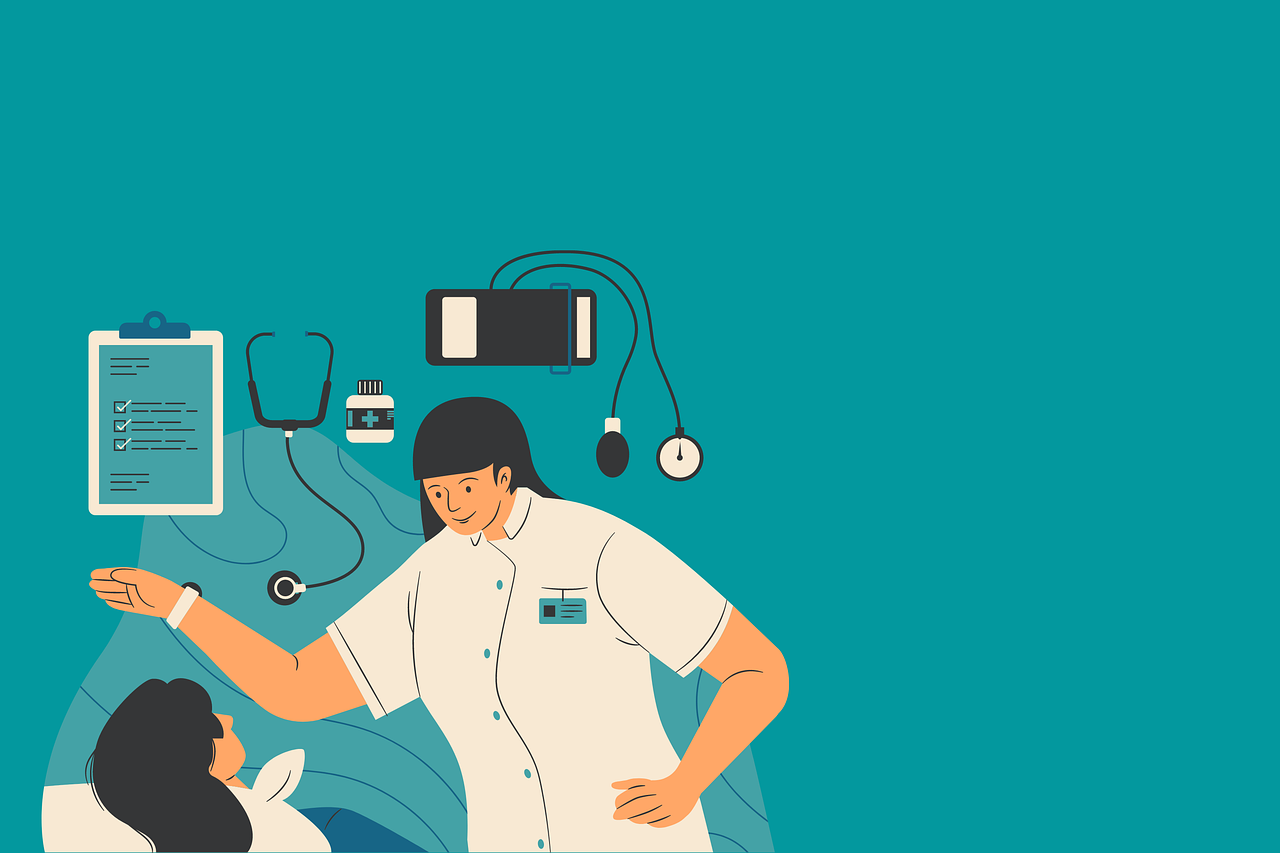
Treatment of cardiomyopathy is generally conservative, i.e., focusing on symptom relief. In addition to pharmacological therapy, lifestyle changes are also significant. Physical activity and diet should be adapted to the patient's abilities and needs. In advanced cases of cardiomyopathy, surgical treatment is the only solution.
Pharmacotherapy – Cardiomyopathy is mainly treated with appropriately selected medications. Everyday use is made of drugs that inhibit calcium influx into the heart, which weakens its contraction and dilates the blood vessels, allowing more oxygen to reach the heart. Beta-blockers![]() are also available to reduce the minute volume and rate of contractions.
are also available to reduce the minute volume and rate of contractions.
Surgical procedures – Sometimes, surgical procedures may be necessary. In advanced cases of cardiomyopathy, the only solution is the implantation of a device resembling a pacemaker that restores the heart's normal rhythm in the event of cardiac dysfunction. In extreme cases, a heart transplant![]() may be the only effective method.
may be the only effective method.
Cardiomyopathy is a condition affecting the structure and function of the heart muscle. The disease may be congenital or acquired. It is not uncommon for it to develop secondary to different diseases. Numerous subtypes and types of cardiomyopathy are distinguished. Each disease entity is characterized by different causes of its development, clinical presentation, and prognosis. Initially, cardiomyopathy may be asymptomatic. As the disease progresses, circulatory failure appears.
Several symptoms, such as palpitations, irregular heart rhythm, and fatigue, may occur during cardiomyopathy. The diagnosis of cardiomyopathy does not belong to the simplest of tasks. It is based on several tests, the most common of which are electrocardiogram, echocardiography, and many others. The treatment of cardiomyopathy is generally conservative. That is, it focuses on symptom relief. The mainstay is pharmacotherapy. In extreme cases, a heart transplant may be the only effective treatment.